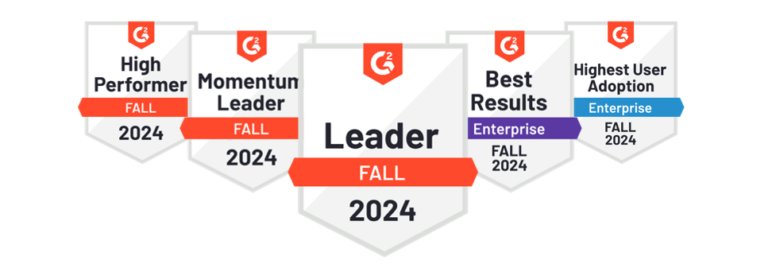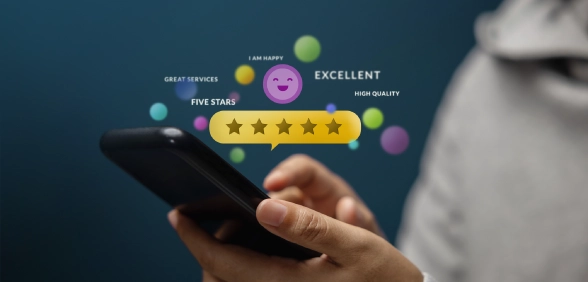Experience is one of the great unifiers in our world. People love to experience good things, but experiencing them together often adds to the enjoyment. In the same way, going through a bad experience can have its blow softened by sharing it with others. How does this concept pan out in the business realm? How does a business acknowledge experience as a whole and create strategy to underpin its importance?
It really comes down to the understanding that “experience” is a holistic concept within your business, that is to say, internal and external brand experiences are concepts that are converging. There is a clear connection between Customer and Employee Experience. Statistics demonstrate this. Bain tells us that: companies with highly engaged employees grow revenues 2.5x as much as those with low employee engagement. Let’s explore the potential reasons behind the fact.
1 – Employees deliver your CX
Have you considered who rolls out your CX strategy? Whether it be your frontline employees or your back-office employees each of them is key in the customer journey. Directly and indirectly, they have the power to delight the customer. Thus no CX strategy can be brought to life without an understanding of design or of an EX strategy, at least not sustainably.
Not only this, Employees should be considered a touch point within your customer’s journey. The interaction with your employees can have a significant effect on brand perception and customer sentiment. Thus, the customer’s experience needs to be managed end to end including any employee touchpoints in the middle. Managing employees experience creates an easier and more sustainable customer experience.
2 – Employees are your most likely Customers and Brand Advocates
Every employee is either a customer or a potential customer in a B2C organization. Therefore, it is crucial that their journey be managed correctly. They have the ability to be great brand advocates, and their voices have more weight in the market. Don’t just ask employees how they feel about working at a company but also ask them if they would advocate the product or service the company is sending. Considering your employees as a segment of your customer base, for which many businesses is a considerable percentage, illuminates the importance of the converging CX and EX strategies.
With the rise of influencer marketing, employees are becoming a more powerful tool in your brand perception. Not only are they likely to become your customers if their experience is managed correctly, they are likely to be very vocal advocates and trusted within their circles about your brand. They are likely to bring new customers through their interactions.
3– Internal and external brand are converging
Walking the walk and talking the talk is a popular saying for individuals, but is only becoming more relevant to communities as well. In a business sense, companies that expect employees to do represent the brand in a particular manner are discovering the necessity to practice what they request. Company internal brand and culture has a carry on effect – what you allow in your office, you allow in your storefront. By the same token, what you promote in your head office, you will promote in your storefront. Listening is a key example of how this can work. Listening to your front line employees demonstrates that the concept of listening is crucial. What is the direct response as a frontline employee? To listen in their own context, namely to the customers that are in their environment. Setting the internal brand expectations gives them an experience that they will not just recite but replicate. Experience should be considered as a holistic concept that is a cultural phenomenon, not just a program or a policy.
As Richard Branson says: “loyal employees in any company create loyal customers, who in turn create happy shareholders.” How are you making sure your experience strategy is holistic in your business?
Enjoyed this post? Read more of our blogs.
Know more about our Platform or Request a Demo.







